Request a Catalog

The Call for “Disruptive Thinkers” is Being Answered
The Commandant of the Marine Corps, Gen. Robert Neller, issued a call to action to all “disruptive thinkers” within the Corps. A cultural evolution, filled with Marines that can come up with solutions to accelerate ideas to decision makers, that will lead the Corps into a new age of innovation.
Marines in Okinawa have answered that call by leading the way in planning and implementing how 3D printing may help keep the Marine Corps engaged and ready in a highly contested area like the Indo-Pacific Theater.
Two Marines, Sgt. Adrian J. Willis and Lance Cpl. Tracey Taylor, computer technicians with 7th Communications Battalion, III MEF Information Group are utilizing 3D printing technology to increase their unit’s readiness.
“With this technology, we can reduce the time we wait to receive parts eliminating any complacency that may breed from that downtime,” said Willis, from Las Vegas, Nev. “It allows us to reconcile vulnerabilities by creating the parts locally, streamlining the process.”
Taylor, originally from Germany and recruited from San Antonio, Texas, is in charge of operating the 3D printer and assists in reproducing parts while Willis is in charge of expanding the printer’s capabilities. Willis will also establish the unit’s procedures in the future.
Operators create 3D files of desired products like caps and other necessary parts through sketches and software. Once created, Taylor says it’s as easy as pressing print.
The printer localizes the maintenance process and reduces the time it takes to receive the desired part. In the past, shipping delays or discontinued parts would weaken a unit’s readiness. Innovations like 3D printing allow units to extend the life cycle of equipment and maintain readiness of gear, saving the Marine Corps a lot of time and money.
“The printer will help us increase our war fighting capabilities, allowing us to assess and fix problems instantly,” Taylor said. “We can just print anything out right then and there.”
Willis and Taylor both taught themselves how to work with the 3D printer and its program. They have taken the initiative to make the Marine Corps’ use of the printer even better providing a path for future innovation within the Department of Defense.
“What I’m hoping is that, with all these open source platforms that I am using to develop these procedures,” said Willis, “I can introduce them to the Marine Corps and then the Corps can develop and sustain it from there.”


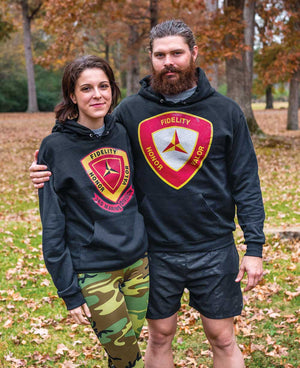
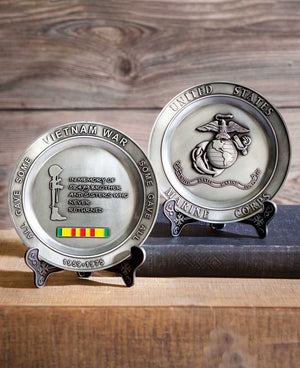
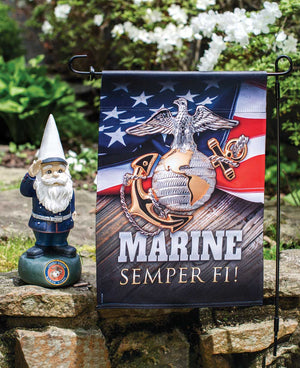
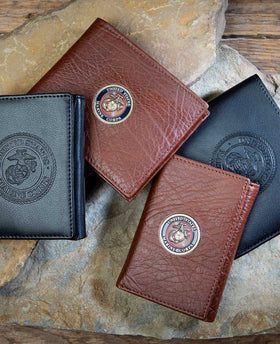
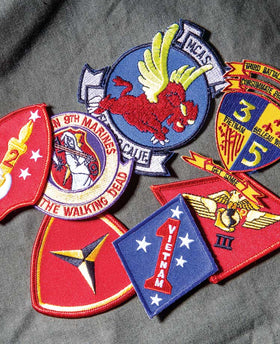
Comments
Leave a comment